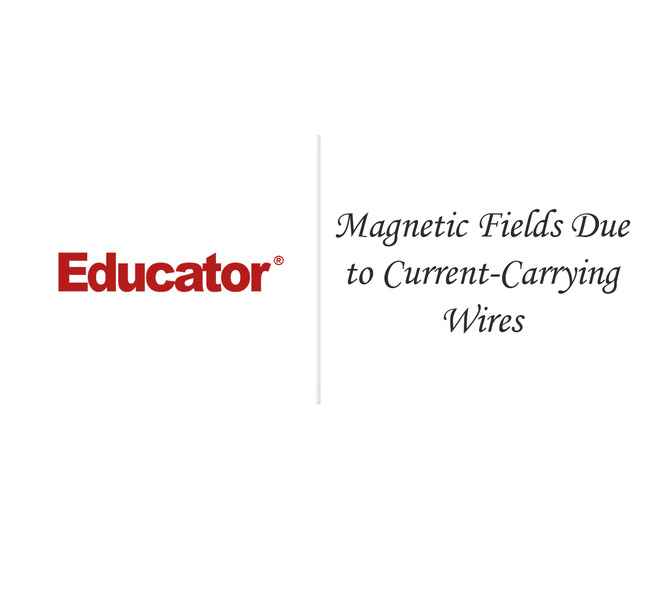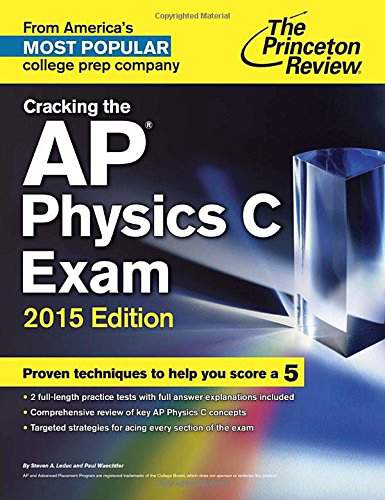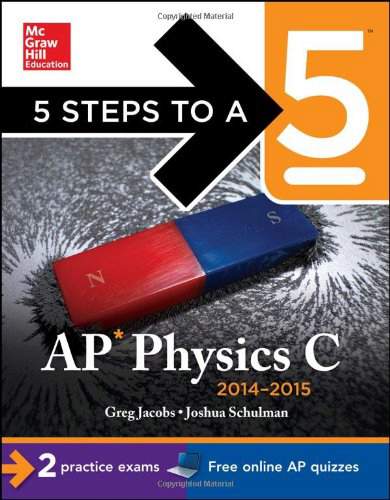Connecting...

For more information, please see full course syllabus of AP Physics C: Electricity & Magnetism
AP Physics C: Electricity & Magnetism Magnetic Fields Due to Current-Carrying Wires
Where there’s a magnetic field there’s a magnetic force. Previously, we learned how current-carrying wires have a magnetic force exerted by them, but that also means they have a magnetic field. Also like the previous video, you’ll need to use the RHR to find out which direction the magnetic field travels. If we were to look at two wires, depending on their currents’ direction the wires will either attract or repel each other. Another important point in this section is Gauss’s Law for magnetism (which will be just as useful as his law for electricity). It’s important to know what it is, but also to know why it works, and that is due to the lack of magnetic monopoles in the physical world. As with most topics in physics, knowing the math is good, but understanding why it is, is just as important.
Share this knowledge with your friends!
Copy & Paste this embed code into your website’s HTML
Please ensure that your website editor is in text mode when you paste the code.(In Wordpress, the mode button is on the top right corner.)
- - Allow users to view the embedded video in full-size.













































4 answers
Tue Apr 10, 2018 7:25 AM
Post by Kevin Fleming on April 9, 2018
Prof. Fullerton,
For example 9, part f, how we can we just use the velocity selector equation (only applicable when there is no deflection) to determine the additional electric field (which was present during deflection)? Thanks.
1 answer
Mon Jan 18, 2016 7:17 AM
Post by Parth Shorey on January 17, 2016
Why are we always using the right hand rule, and not the left hand rule?